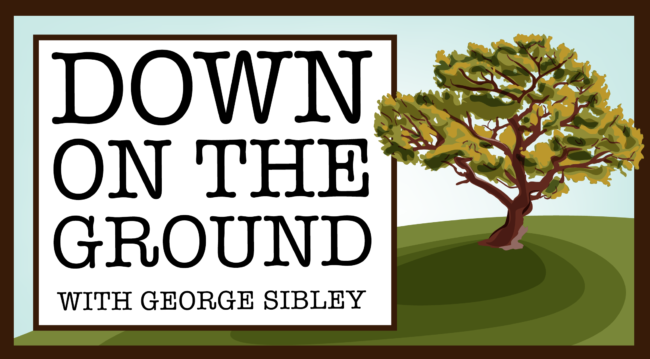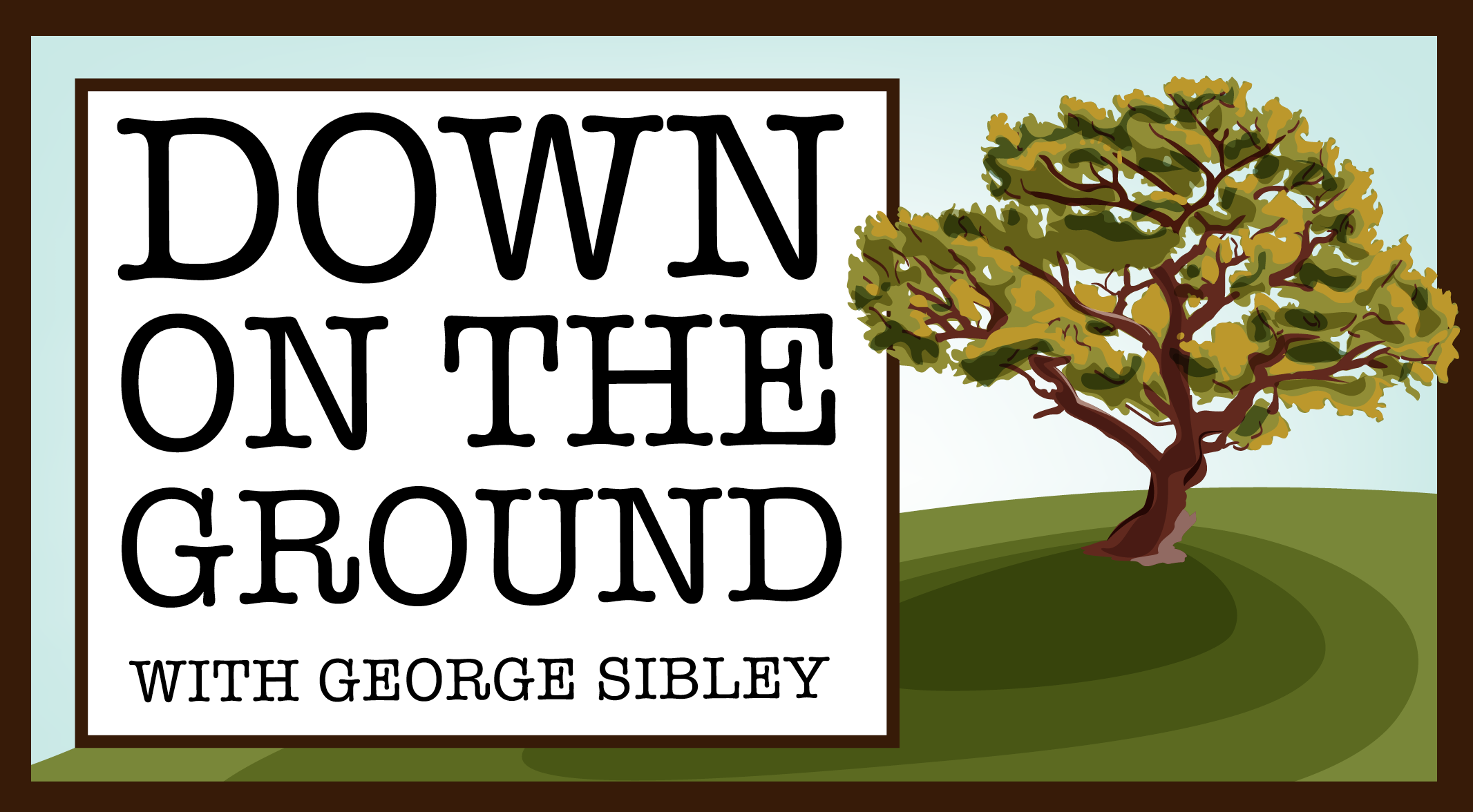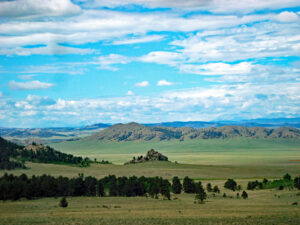
A review of Aspen and the American Dream by Jenny Stuber
I NEED TO BEGIN THIS COLUMN with an apology to the spirit of this magazine’s cofounders Ed and Martha Quillen. Ed was pretty adamant about not including Crested Butte or any of the recreation-dependent communities in his version of “Central Colorado”; he did not see them as part of the real world of work, making a living and a life. We had one of our ongoing unresolved discussions about that until fate broke it off with his untimely passing.
But, except for the ag and government sectors, most of us living and working in Central Colorado today are aware of living in a “recreation economy,” whether we work in it directly or work at supporting those who do. And this month I want to do a sort of review of a book about — sorry, Ed — the prototype of the resort-economy town, Aspen.
“We don’t want to become another Aspen.” This has been a mantra throughout the 50-some years I’ve been in Central Colorado. For most of that time, of course, most of the things that we didn’t like about Aspen began to happen everywhere in the mountain towns anyway — escalating rents for a diminishing number of rental places; a proliferation of ever-larger second, third, fourth or fifth homes, vacant most of the year, for out-of-state part-timers; ever classier and more expensive restaurants and bars; and a cultural “lifestyle” ever more unaffordable for ski bums like I was when I came to Crested Butte in the mid 60s.
The problem with Aspen has always just been the fact that these problems hit there first — but Aspen has also been working at muddling toward solutions longer than anyone else. A new book, Aspen and the American Dream, is subtitled “How One Town Manages Inequality in the Era of Supergentrification,” and it is the story of one of Aspen’s most valiant efforts to answer the fundamental question: “How is it possible for a town to exist where the median household income is $XY thousand, but the median home price is $Z million?” (“Supergentrification” is generally understood as what’s happening when billionaires price out the millionaires.)
The author, Jenny Stuber, is a professor of sociology at the University of North Florida — not immediately a Colorado credential. But she has been coming to Aspen since she was five to spend time with her father and once got a ride to Aspen in John Denver’s private plane because the famous singer and her woodworker father, a PTSD Vietnam vet, became friends while the latter was making furniture for the former. So she knows intimately, even passionately, the kind of town the remaining Aspen “locals” want to sustain: a place where the lines between “friendship and economic interdependence” was blurred despite “stark differences of power and wealth,” and a kind of “class egalitarianism” resulted.
Her book is the result of the fortuitous coincidence of a sabbatical year for her in 2016-17 and an unprecedented and courageous decision by the Aspen City Council to declare a one-year moratorium on all new construction while the council and its voting public tried to decide what the town needed to do to sustain that egalitarian “character” and how to revise the city’s land use code to move the town socially and economically in that direction.
This created an unusually open, articulate and frank public discourse about “place-making” — the attempt to institutionalize politically and economically, in carrots and sticks, the cultural and social mores that inhabitants feel are the place — an unusually fortuitous opportunity for a disciplined sociologist in a place she also happened to love. The more formal discourse of public meetings is augmented through the book by many interviews with locals, developers and part-timers — including a chapter on the Latinos upon whom the Aspen economy depends.
Aspen in 2016 already had a strong set of policies in place driven by the philosophy that “development must pay its own way” — and then some, making property developers and builders offset their impacts on the community by paying enough to house 60 percent of their employees. Many other communities have begun imposing impact fees on new development rather than offering tax incentives, but none to the extent that Aspen does. The Aspen City Council and Pitkin County Commissioners are truly exploring how hard developers and wealthy out-of-state home builders can be squeezed before they decide it just isn’t worth it to be in Aspen. A “trophy” residence can incur upfront impact fees of a quarter- to a half-million dollars before building even starts; commercial developments can expect to pay $2-5 million upfront in impact fees.
Those impact fees, along other revenues like a 1.5-percent real-estate transfer tax, have been used to create 3,000 affordable housing units in the upper Roaring Fork valley — not enough by half, but still a huge investment in making it a place where locals can live relatively unstressed by free-market rents or payments.
Most of those fees were already in place, generating more affordable housing, when the City Council declared its moratorium in 2016. But locals were concerned about some large new commercial buildings downtown, built on combined sites previously occupied by small businesses patronized by locals, and the new buildings were renting at $200 a square foot (due partially to the impact fees), rents only affordable for high-end formula businesses like Gucci and other businesses catering to the ultra-wealthy class.
Disappearing were the small spaces, on side streets and alleys, where locals could afford to establish businesses for locals — where a guy who likes bikes might open up a bike repair shop, or a chain barista might open a locals’ coffee shop. The impact fees had created residential neighborhoods with “lights on,” but the locals feared they were losing an affordable downtown, both as entrepreneurs and consumers. No place to buy socks or aspirin, or meet with other locals.
This led to a long public soul-search for how to identify, and then institutionalize, some protection for the character the people wanted for the town. The terms they came up with to describe the spirit of Aspen they wanted to institutionalize were definitely not Gucci. They wanted to sustain the “funkiness” and “messy vitality” of Aspen as recollected — perhaps as much in myth as reality — from the 1960s and ’70s.
As the moratorium ran out, the Council eventually adopted changes to the Land Use Code that it hopes will (a) encourage a commercial mix that is balanced and diverse in meeting the needs of both residents and visitors; (b) facilitate the sustainability of essential businesses providing basic community needs (groceries, medicines, affordable clothing, etc.); and (c) ensure that the Land Use Code results in development that protects Aspen’s small-town messy vitality and funky historical heritage.
Will it all work, or are they attempting what might prove to be, in the longer run, a Mission Impossible? Stuber often observes that, if there is inequality between the aggressive impetus of global wealth and the defensive local effort to sustain a more spiritual way of life based on the natural power of the place, there is also an interesting inequality in local power: the locals can vote, while the outside developers and part-timers can’t. Money talks, as usual, but it doesn’t own the discourse or the local institutions that come out of the discourse. And so far there has been no organized opposition from the wealthy against the obvious effort to make them pay for the sustainability of the place — possibly because most of them also embrace, if not with the same priority, the natural power of the place. They also want to keep the local workforce around on tap, and as Justin Farrell concludes in his book about Jackson Hole, Billionaire Wilderness, the wealthy like to occasionally put on their designer blue jeans and get palsy-walsy with the common folk to demonstrate that they can be just people too.
This review barely scratches the surface of Stuber’s report on her study, but I will say that I think it is a book that all the community leaders who don’t want their place to “become another Aspen” ought to read: the story of how Aspen has fought, with considerable creativity, to not be the Aspen everyone hates (and the Aspen that Aspen doesn’t want to be either). To paraphrase either Ed Abbey or Hunter S. Thompson, I forget which, it’s not easy to create a place where you can have a rich life without needing much money.
What it takes is the mix of courage, comity and chutzpah to really push hard for a substantial redistribution of wealth in a situation where a materially powerless majority of voters can put the democratic screws to a materially powerful minority that cannot vote. Stuber recommends caution in trying to apply what the Roaring Fork valley’s local governments have done there. What made it feasible there was the common love of the place — both its natural beauty and the nature of the town itself — that the wealthy and the not-so-wealthy share, and not every place is so beautifully endowed with such an uncommon common ground.
The whole process really is still something that the bottom 99 percent of us in the United States need to figure out how to impose on the top 1 percent, rather than the 99 percent clawing and pawing at each other in the calico-cat-and-gingham-dog combat the ultra wealthy just love to see, diverting attention from their predations.
George Sibley lives a rich life with not much money in the Upper Gunnison valley. george@gard-sibley.org
Down on the Ground is sponsored by Tom Arnot and Rae Pedersen.



